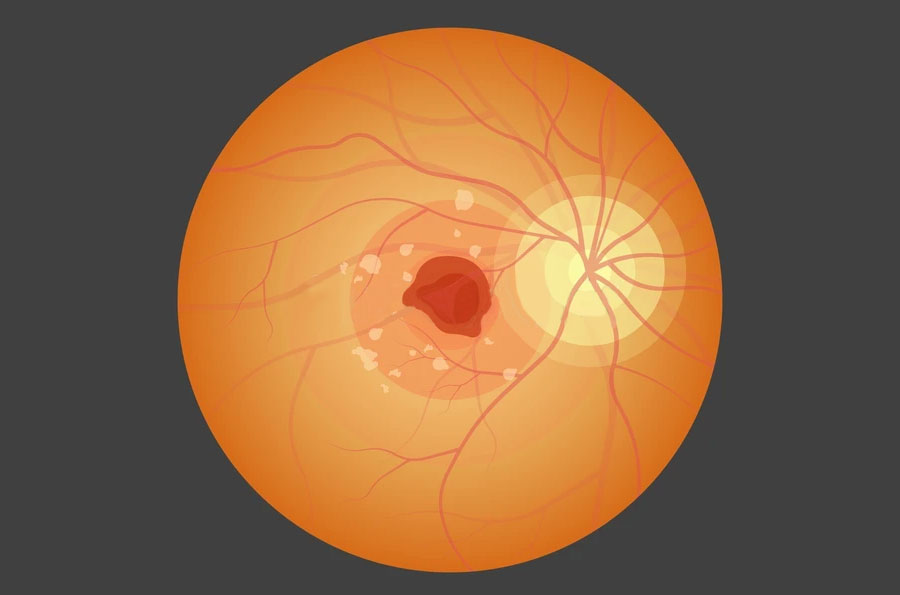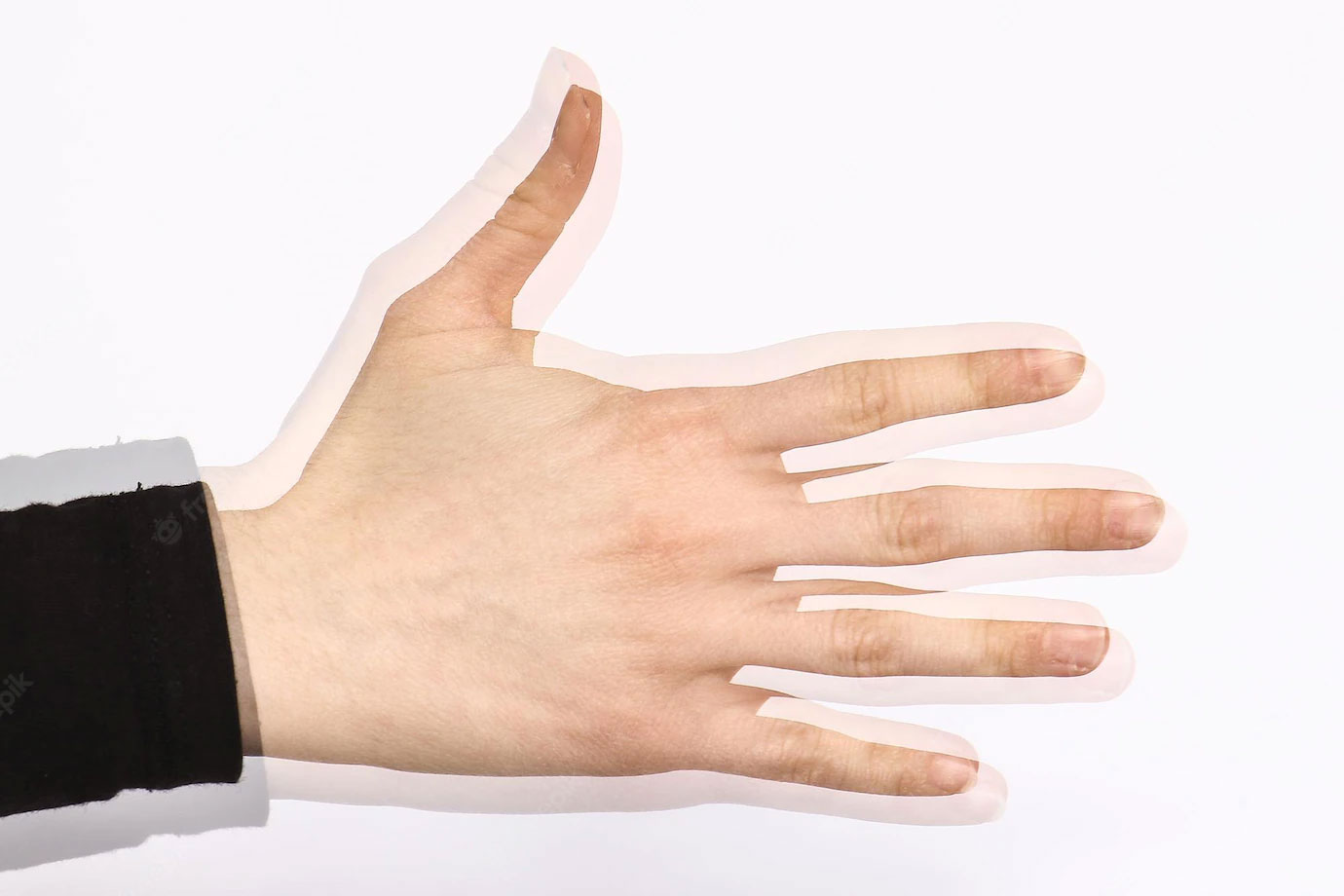Macular degeneration (MD) is a common eye problem that affects a small part called the macula at the back of your eye. The macula is a small part in the centre of your retina, which is responsible for maintaining your central vision. Macular degeneration affects your central vision leading to vision loss. There are two general types of macular degeneration; wet macular degeneration and dry macular degeneration. So, let’s learn about these two types of MD, their causes, risk factors, treatment options, and macular degeneration prevention.
Wet Macular Degeneration
Wet Macular Degeneration (WMD) causes blind spots in your vision, disrupting your ability to see clearly. While WMD is treatable, it can lead to severe vision loss if not treated promptly. However, one sliver of hope in this issue is that WMD doesn’t lead to complete vision loss. Let’s review the symptoms, causes, and treatment options for WMD.

Causes Of Wet Macular Degeneration
WMD is the advanced form of macular degeneration, affecting people who already have dry macular degeneration. While it is not known exactly what causes WMD, there are two probable causes that are contributed to the problem generally.
- Due to abnormal growth of blood vessels in your eyes near your macula.
- Due to blood vessels leaking fluids at the back of your eye, affecting your macula’s functional abilities.
Symptoms Of Wet Macular Degeneration
As WMD is common for people with vision problems already, it’s crucial to look at the symptoms carefully to understand whether or not you have WMD.
- Vision distortion where straight lines seem bent.
- Difficulty seeing in a particular spot of your vision.
- Difficulty reading anything, especially small letters.
- Having problems recognising people you know.
- Difficulty adjusting your eyes in places that are dimly lit.

Treatment Options For Wet Macular Degeneration
There are different treatment options for WMD ranging from therapy, lifestyle changes, and medication. Let’s review all the options.
Therapy Treatment For Wet Macular Degeneration
There are several therapy options for WMD, including photodynamic therapy, photocoagulation, and low-vision rehabilitation. These treatment options are suggested to patients based on the underlying cause of their WMD. The goal of these treatments is to stop the leakage of fluids in the back of your eye and slow down the speed of your vision loss. Continuous treatment is needed as these therapies can not treat WMD at once. These therapies can also have side effects, leading to scarring or blind spots in your eyes.
Lifestyle Changes To Treat Wet Macular Degeneration
Simple lifestyle changes like having a healthy diet, quitting smoking, and maintaining a healthy BMI can help you reduce the effects of WMD. However, it’s crucial for you to consult a doctor if you have the symptoms of WMD and discuss treatment plans.
Medication Treatment For Wet Macular Degeneration
Medical treatment generally involves doctors injecting medicines directly into your affected eyes. Special medications such as anti-VEGF drugs are directly injected into your eyes to stop the growth of new blood vessels. These medications must be injected regularly every 4-6 weeks to keep your WMD in check.
Ending Note
Wet macular degeneration is a problem common among the ageing population. In India, over 10 crore people are at risk of suffering from WMD. So, if you or your loved ones have this issue or similar symptoms to the ones discussed in this article, reach out to Sanjeevan. Sanjeevan offers non-invasive and non-surgical treatment for WMD. So, if you want to share your story of “I cured my macular degeneration,” book an appointment with Sanjeevan today.
